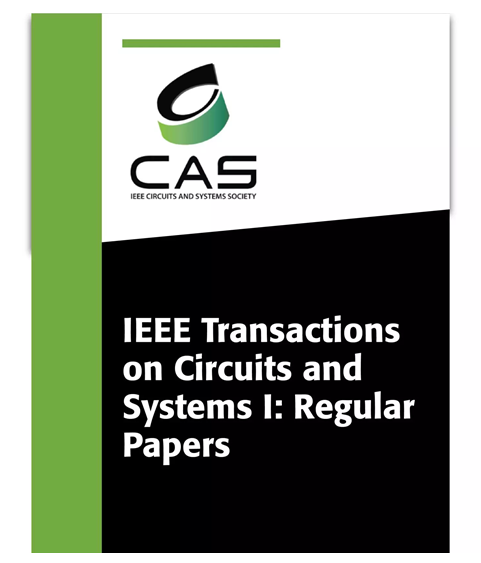一种用于高能效任意波形神经刺激的全集成多电极脉冲电压控制体系
IF 5.2
1区 工程技术
Q1 ENGINEERING, ELECTRICAL & ELECTRONIC
IEEE Transactions on Circuits and Systems I: Regular Papers
Pub Date : 2025-04-08
DOI:10.1109/TCSI.2025.3555895
引用次数: 0
摘要
深度植入式神经刺激需要小型、高效、灵活的结构解决方案,并且可以刺激多个电极。为此,本文提出使用脉冲(切碎)电压刺激器,该刺激器采用具有完全自适应实时控制的低复杂度开关网络实现。完全集成的控制架构通过连续监测输送到电极的电荷来保证电流波形重建和电荷平衡,从而对电源电压和电极阻抗变化提供鲁棒性。该架构在整个输出工作范围内具有很高的能源效率。在控制量的电荷采样(片)中产生输出波形;通过适当地控制这些切片,可以构建所需的任意刺激波形。电压监测电路用于实现有源电荷平衡;平衡阶段的持续时间是通过改变电荷样品的数量来调整的。采用180nm, 1.8 V/5 V CMOS工艺制造的芯片原型证明了该架构的可行性,并且每个非复用刺激通道的面积仅为0.027 mm2。在整个输出操作范围内,原型的实验验证表明,源能源效率高达35美元,比以前发表的实现方案好%。结果表明,该结构是下一代神经调节和闭环神经监测系统的可行解决方案。本文章由计算机程序翻译,如有差异,请以英文原文为准。
A Fully-Integrated Many-Electrodes Pulsed-Voltage Control Architecture for Arbitrary-Waveform Neural Stimulation With High Energy Efficiency
Deeply implantable neural stimulation calls for architectural solutions that are small, efficient and flexible, and that can stimulate many electrodes. To this end, this paper proposes the use of a pulsed (chopped) voltage stimulator, implemented using a low-complexity switch network with fully adaptive real-time control. The fully-integrated control architecture guarantees current waveform reconstruction and charge balancing by continuously monitoring the charge delivered to the electrode, thus offering robustness towards power-supply voltage and electrode impedance variations. The architecture has a high energy efficiency across the entire output operating range. The output waveform is generated in charge samples (slices) of controlled amount; by controlling these slices properly, the desired arbitrary stimulation waveform is constructed. A voltage monitoring circuit is used to apply active charge balancing; the duration of the balancing phase is adjusted by varying the number of charge samples. The feasibility of the architecture is demonstrated with a chip prototype manufactured in a 180 nm, 1.8 V/5 V CMOS process, and has an area of only 0.027 mm2 per non-multiplexed stimulator channel. Across the entire output operating range, the experimental validation of the prototype demonstrates a source energy efficiency that is up to $35\,\%$ better than previously published implementations. The results show that this architecture is a viable solution for next-generation systems for neuromodulation and closed-loop neural monitoring.
求助全文
通过发布文献求助,成功后即可免费获取论文全文。
去求助
来源期刊
CiteScore
9.80
自引率
11.80%
发文量
441
审稿时长
2 months
期刊介绍:
TCAS I publishes regular papers in the field specified by the theory, analysis, design, and practical implementations of circuits, and the application of circuit techniques to systems and to signal processing. Included is the whole spectrum from basic scientific theory to industrial applications. The field of interest covered includes: - Circuits: Analog, Digital and Mixed Signal Circuits and Systems - Nonlinear Circuits and Systems, Integrated Sensors, MEMS and Systems on Chip, Nanoscale Circuits and Systems, Optoelectronic - Circuits and Systems, Power Electronics and Systems - Software for Analog-and-Logic Circuits and Systems - Control aspects of Circuits and Systems.

 求助内容:
求助内容: 应助结果提醒方式:
应助结果提醒方式:


